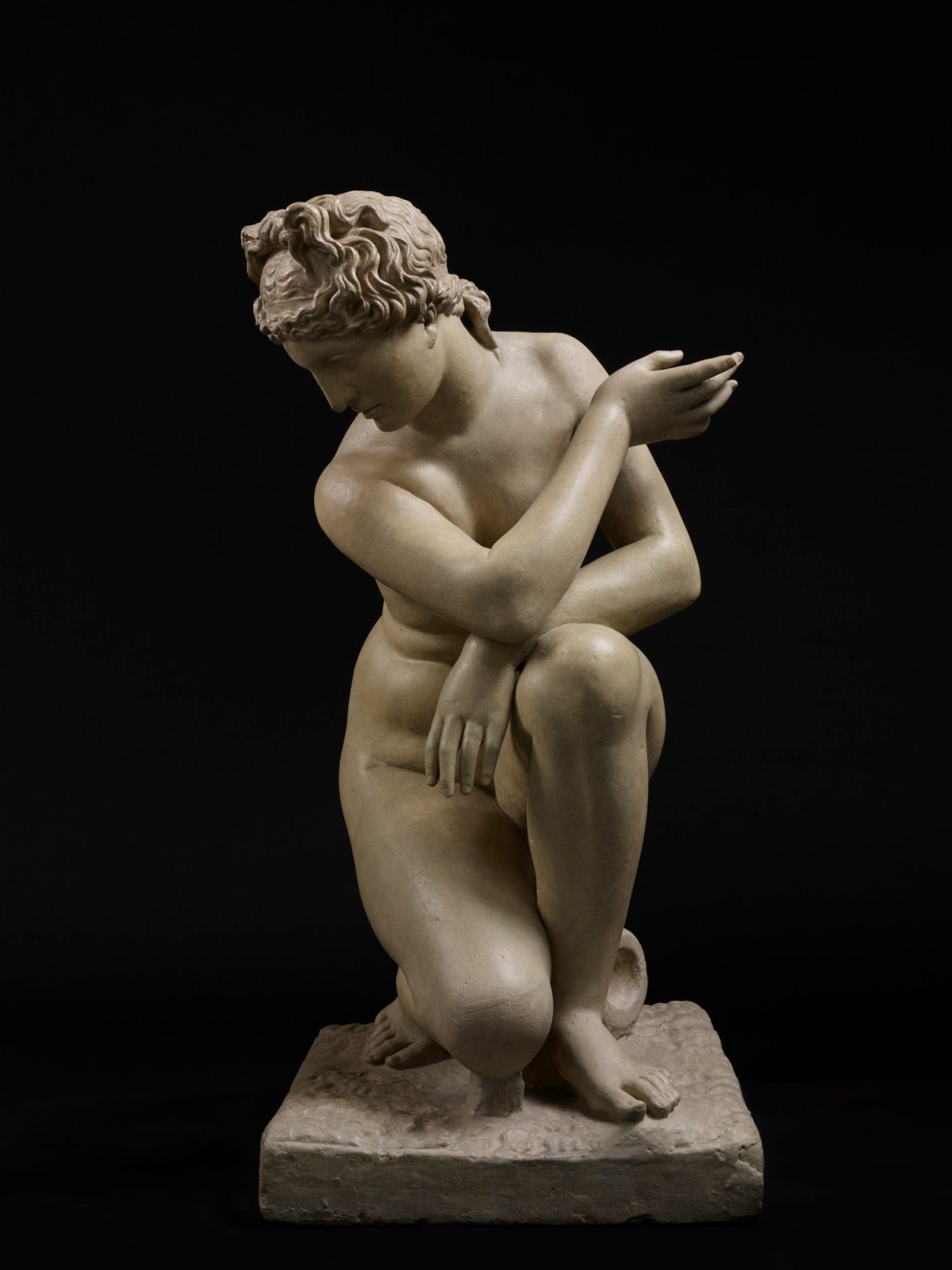
Unknown maker, Crouching Venus, early 19th century.
Plaster. 895 mm x 460 mm x 545 mm, Weight: 58 kg. © Photo: Royal Academy of Arts, London. Photographer: Paul Highnam.
This image is not available to download. To licence this image for commercial purposes, contact our Picture Library at picturelibrary@royalacademy.org.uk
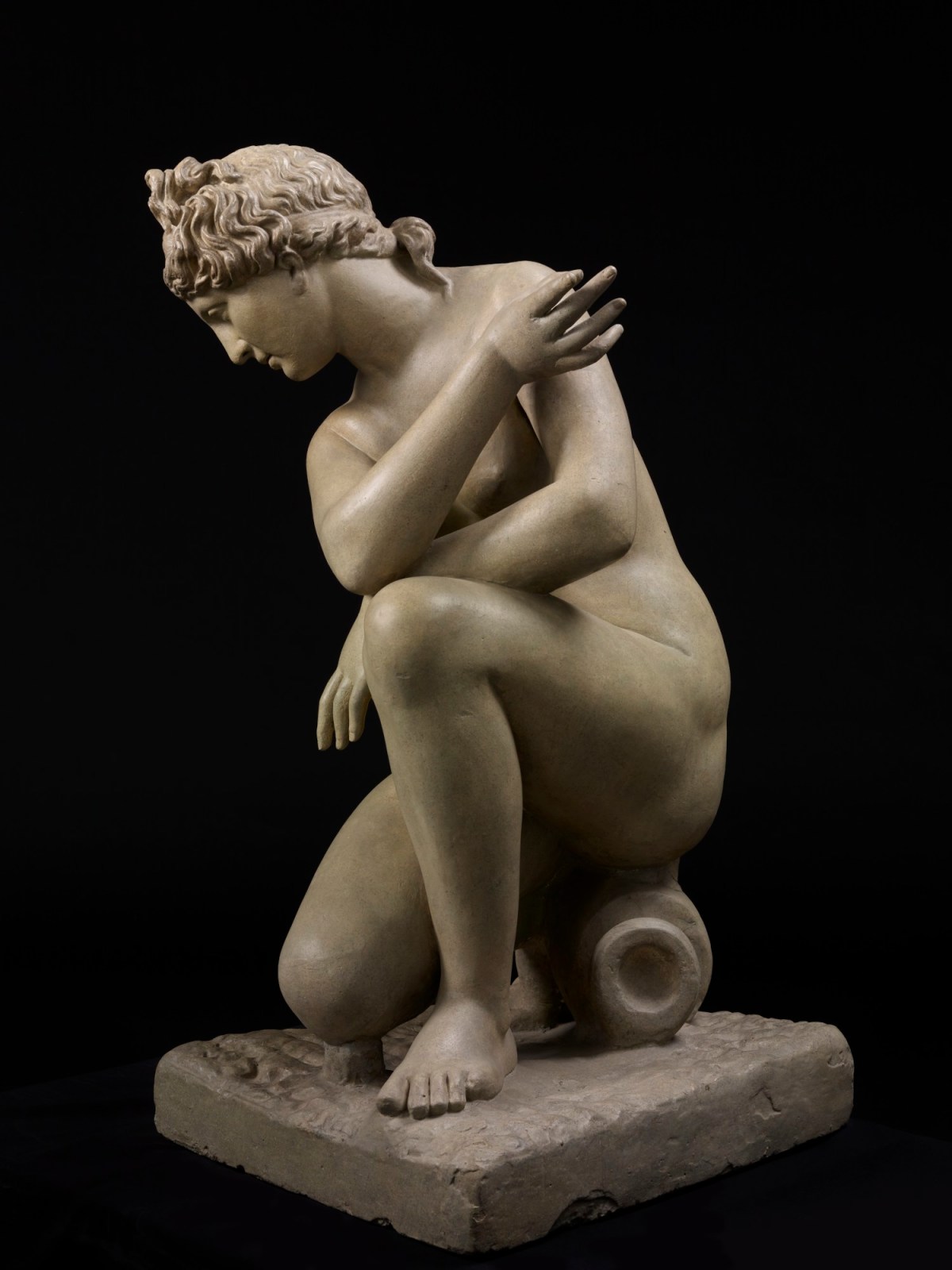
Unknown maker, Crouching Venus, early 19th century.
Plaster. 895 mm x 460 mm x 545 mm, Weight: 58 kg. © Photo: Royal Academy of Arts, London. Photographer: Paul Highnam.
This image is not available to download. To licence this image for commercial purposes, contact our Picture Library at picturelibrary@royalacademy.org.uk
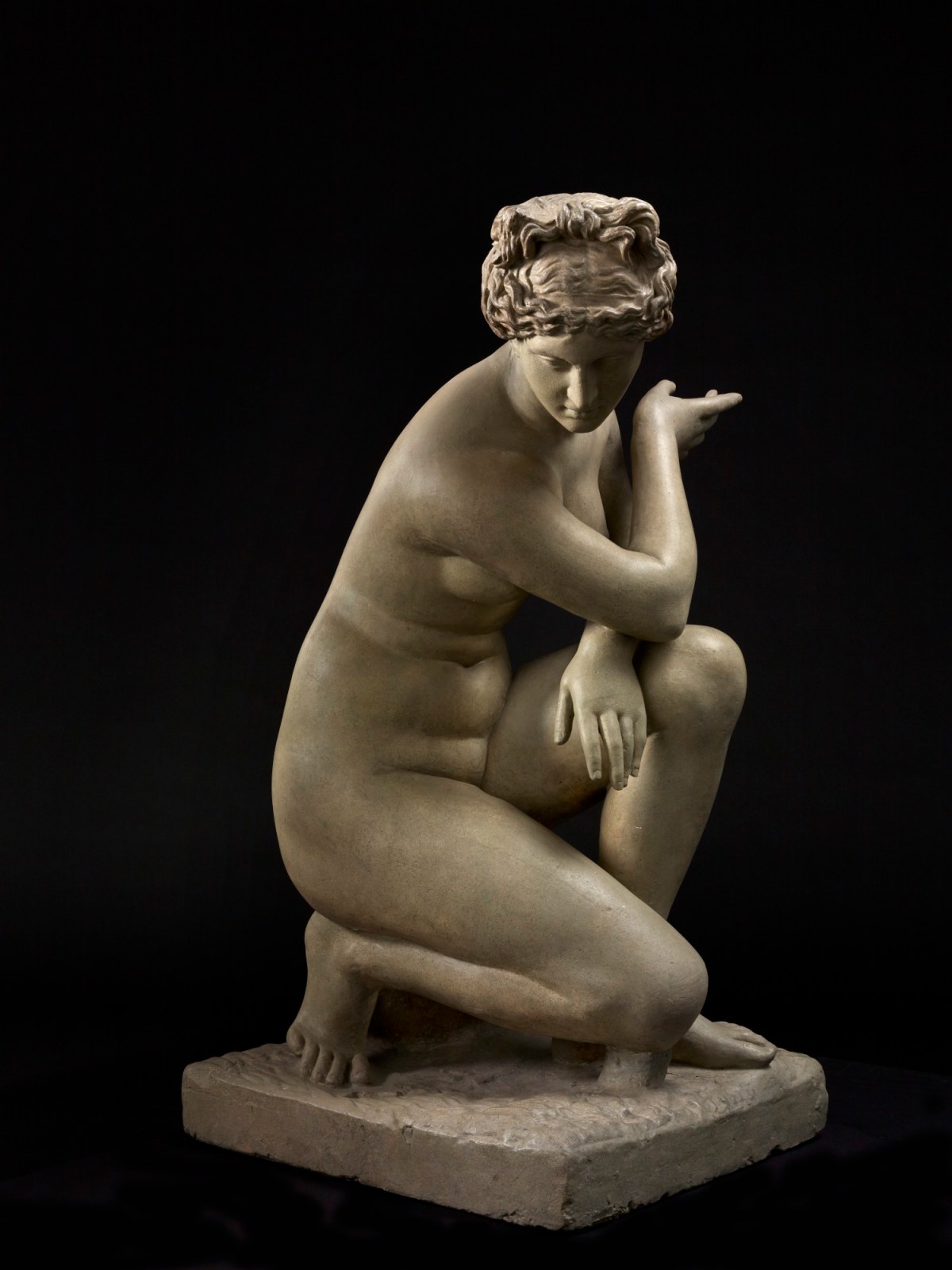
Unknown maker, Crouching Venus, early 19th century.
Plaster. 895 mm x 460 mm x 545 mm, Weight: 58 kg. © Photo: Royal Academy of Arts, London. Photographer: Paul Highnam.
This image is not available to download. To licence this image for commercial purposes, contact our Picture Library at picturelibrary@royalacademy.org.uk
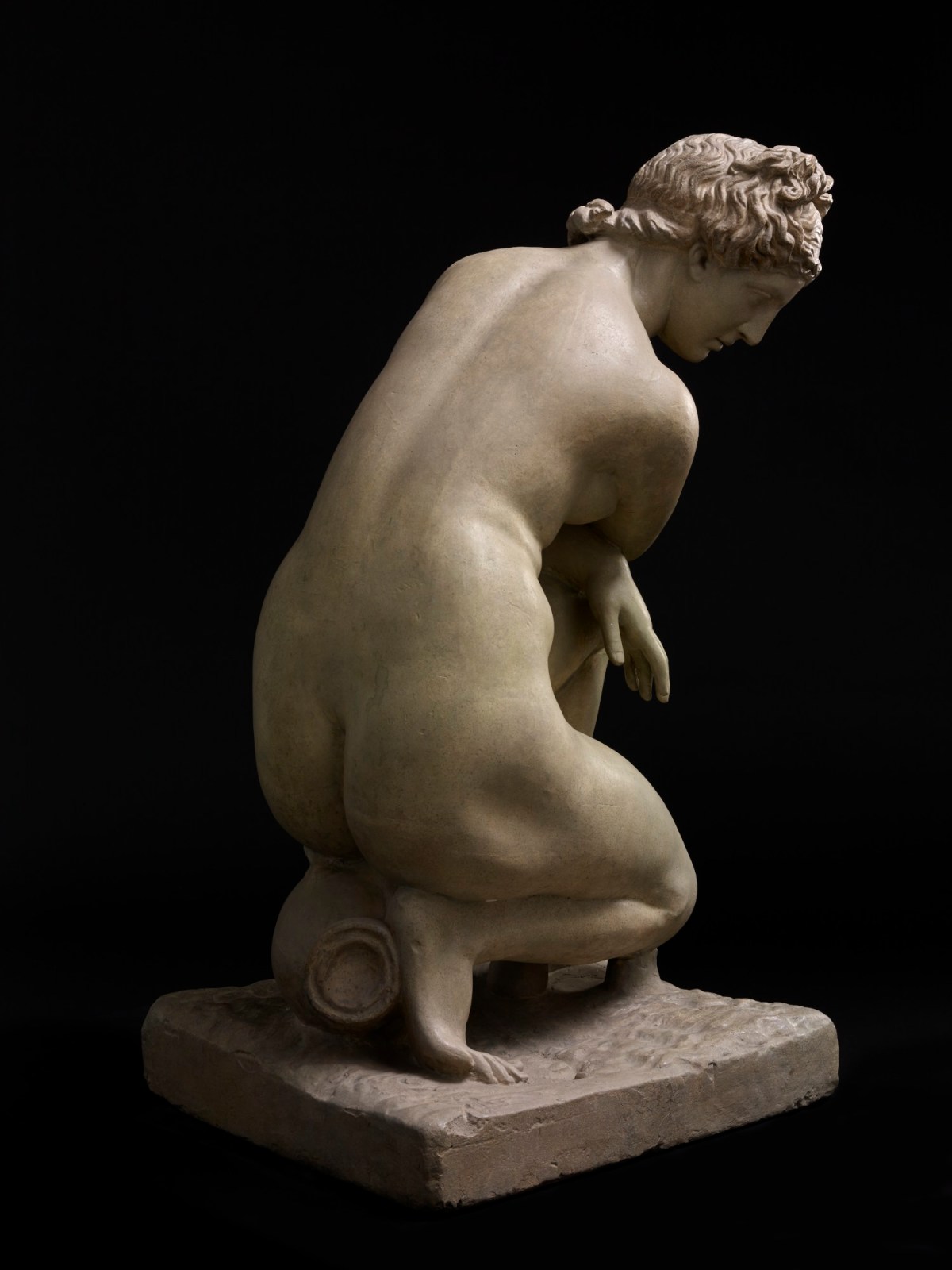
Unknown maker, Crouching Venus, early 19th century.
Plaster. 895 mm x 460 mm x 545 mm, Weight: 58 kg. © Photo: Royal Academy of Arts, London. Photographer: Paul Highnam.
This image is not available to download. To licence this image for commercial purposes, contact our Picture Library at picturelibrary@royalacademy.org.uk
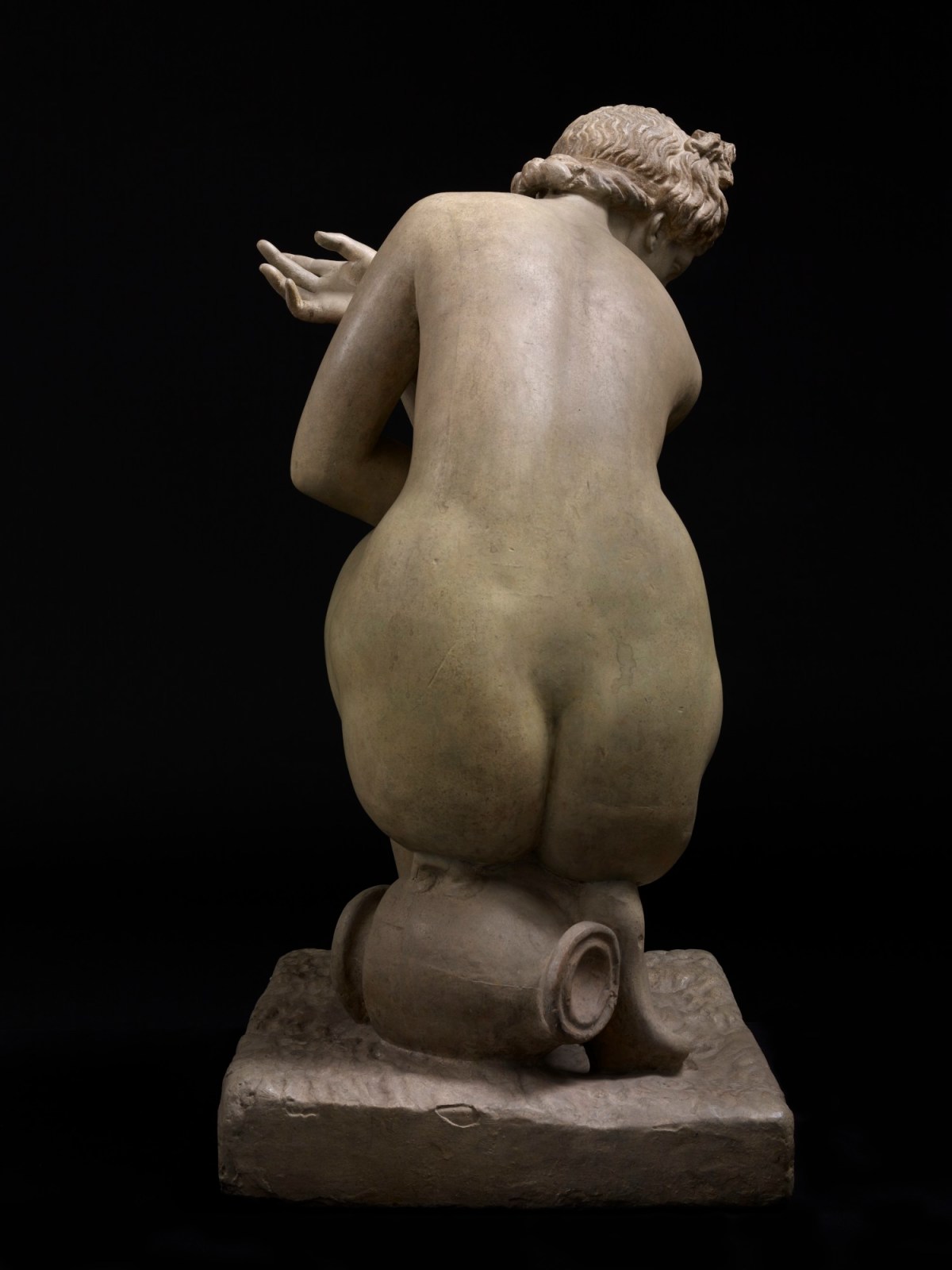
Unknown maker, Crouching Venus, early 19th century.
Plaster. 895 mm x 460 mm x 545 mm, Weight: 58 kg. © Photo: Royal Academy of Arts, London. Photographer: Paul Highnam.
This image is not available to download. To licence this image for commercial purposes, contact our Picture Library at picturelibrary@royalacademy.org.uk
Crouching Venus, early 19th century
After Unknown maker
RA Collection: Art
This sculpture depicts Venus, classical goddess of love and beauty, surprised while bathing. She crosses her arms in an attempt to conceal her nudity and turns her head away in embarrassment.
The Roman author Pliny the Elder, in his Natural History, describes a statue of Venus washing herself, made by Doidalses and placed in one of the temples of the Portico d’Ottavia in Rome. Many scholars believe this statue to be the source for the many imitations in existence, which include versions in the Louvre, Paris; the Museo Nazionale delle Terme, Rome; the Uffizi, Florence; the Vatican Museums, and the Royal Collection (acquired by Charles I).
This plaster cast in the RA collection most closely resembles the marble in the Vatican Museums dating from c.200BC-100BC, which was excavated at Salone in the eighteenth century (and engraved soon after by Francesco Piranesi). This version differs from others in the positioning of Venus’ fingers, which are outstretched rather than touching her left arm.
Unsurprisingly for a well-known classical sculpture, imitations were also made by contemporary artists, the most famous of which was a marble by Coysevox made in 1686.
Further Reading
Francis Haskell and Nicholas Penny, Taste and the Antique (New Haven and London: Yale University Press, 1981), pp.321-3
Object details
895 mm x 460 mm x 545 mm, Weight: 58 kg
Start exploring the RA Collection
- Explore art works, paint-smeared palettes, scribbled letters and more...
- Artists and architects have run the RA for 250 years.
Our Collection is a record of them.



